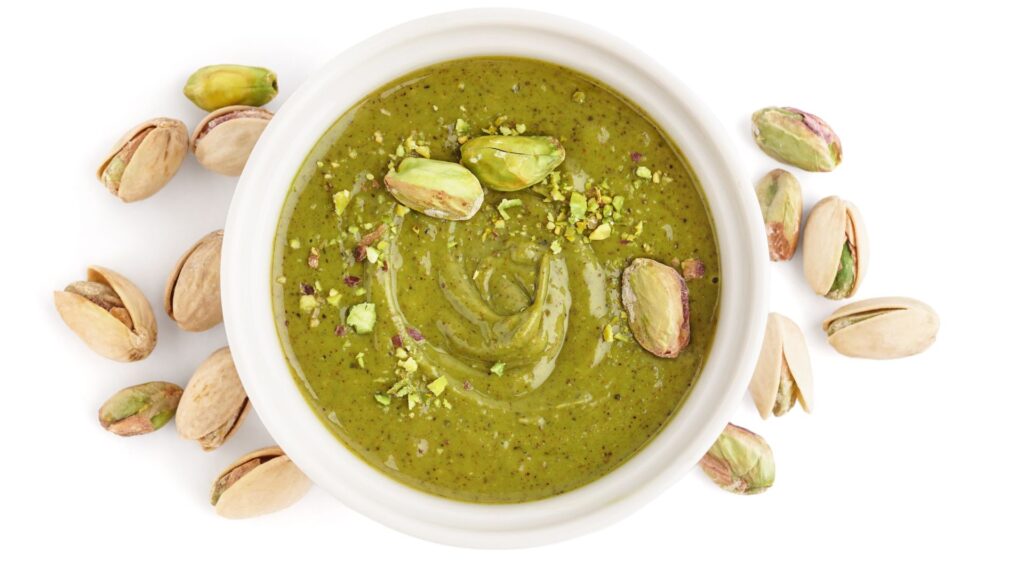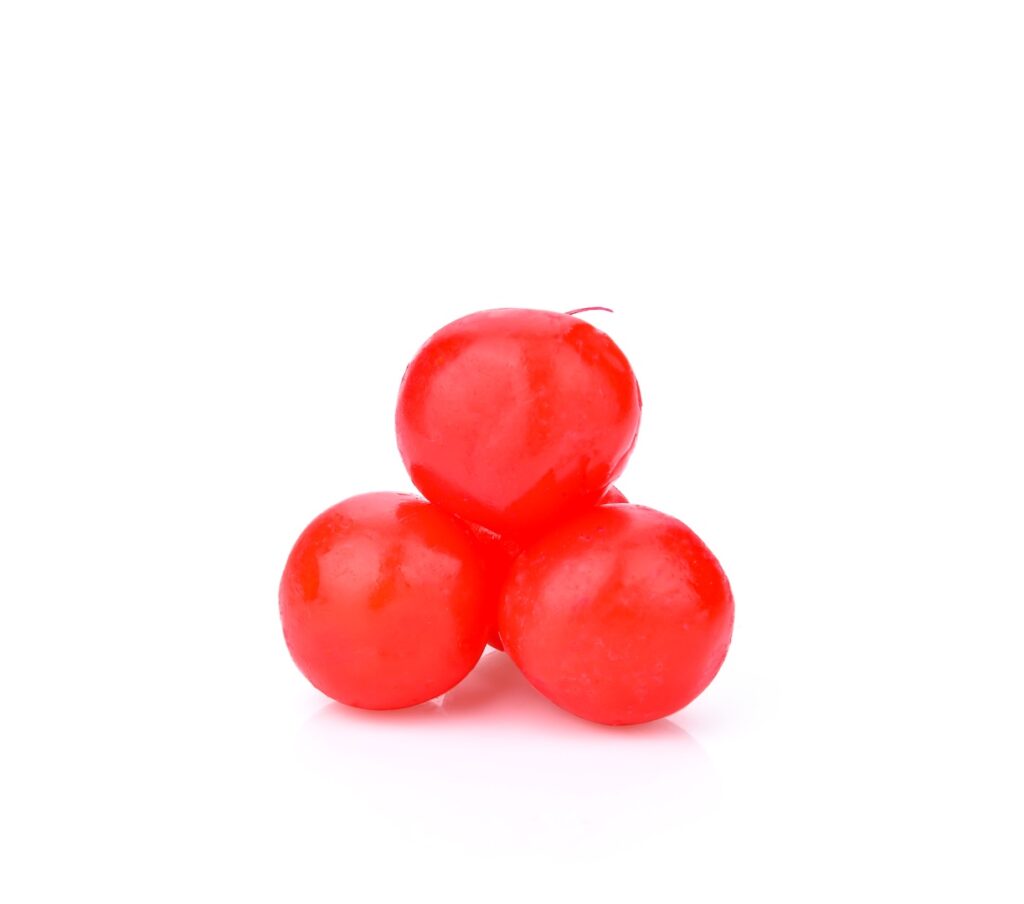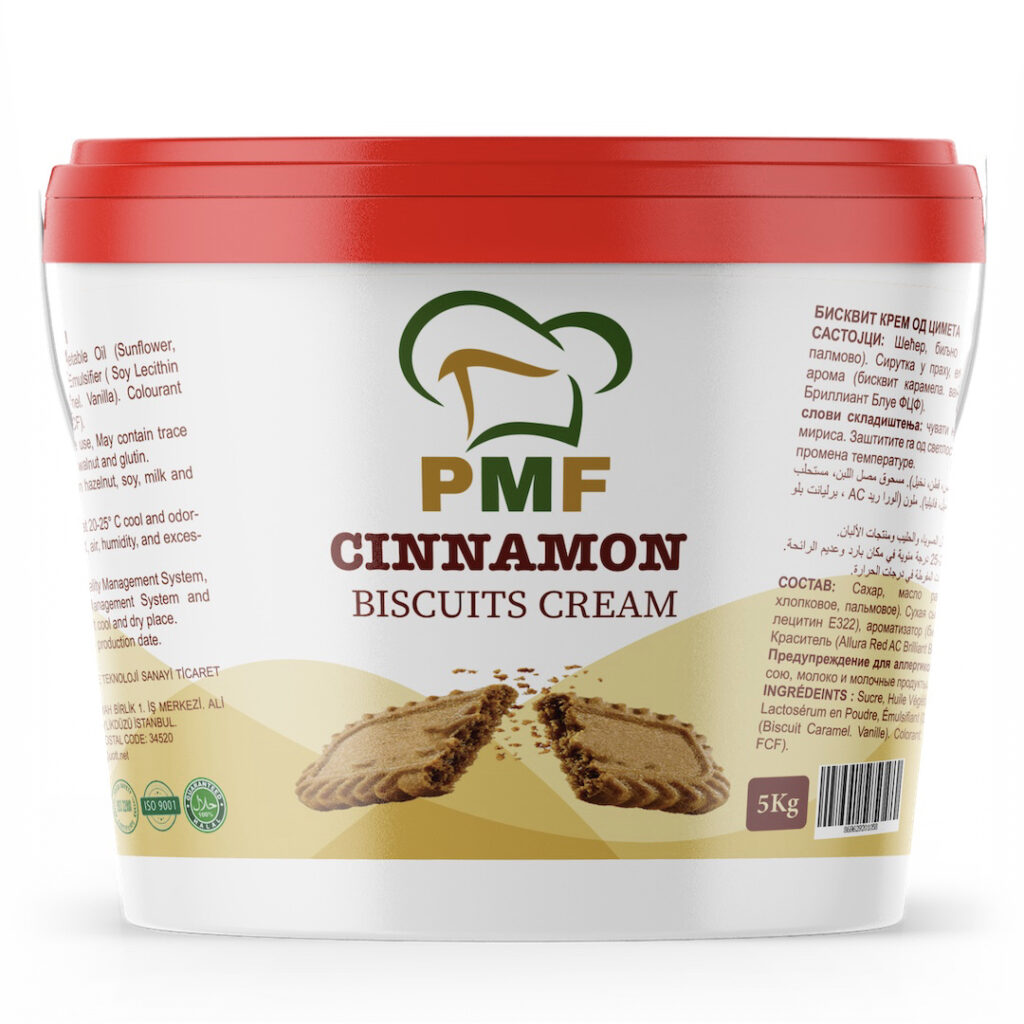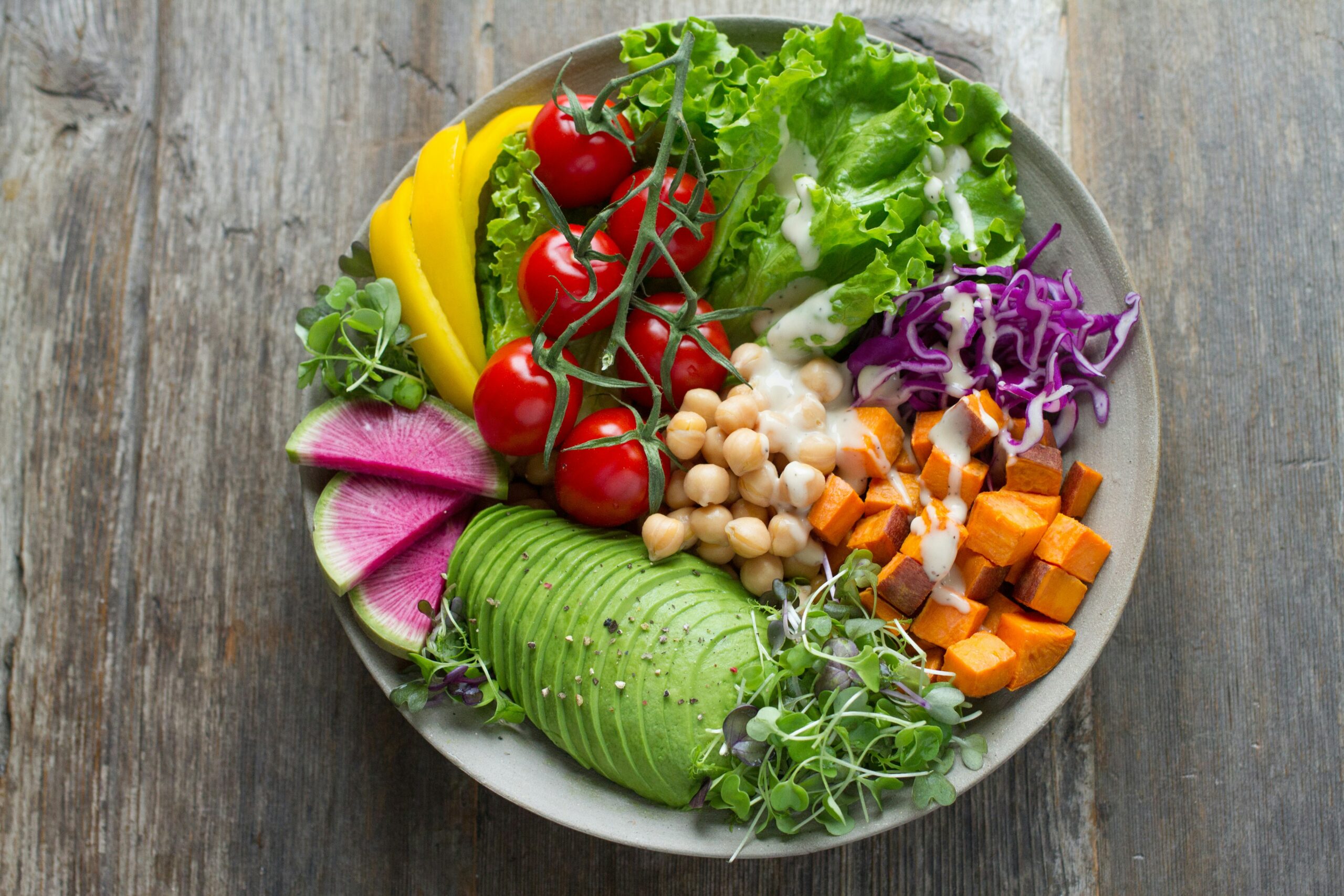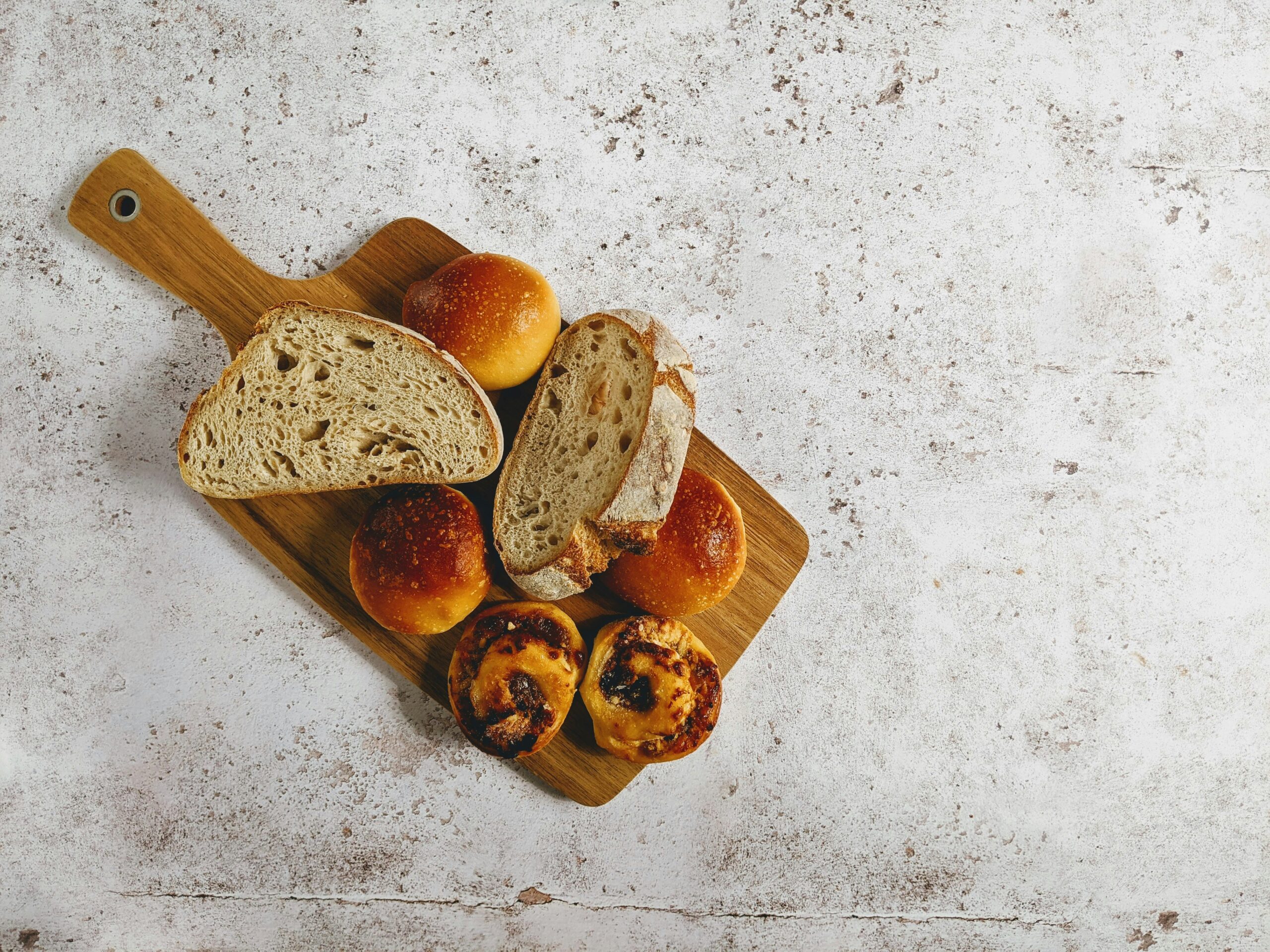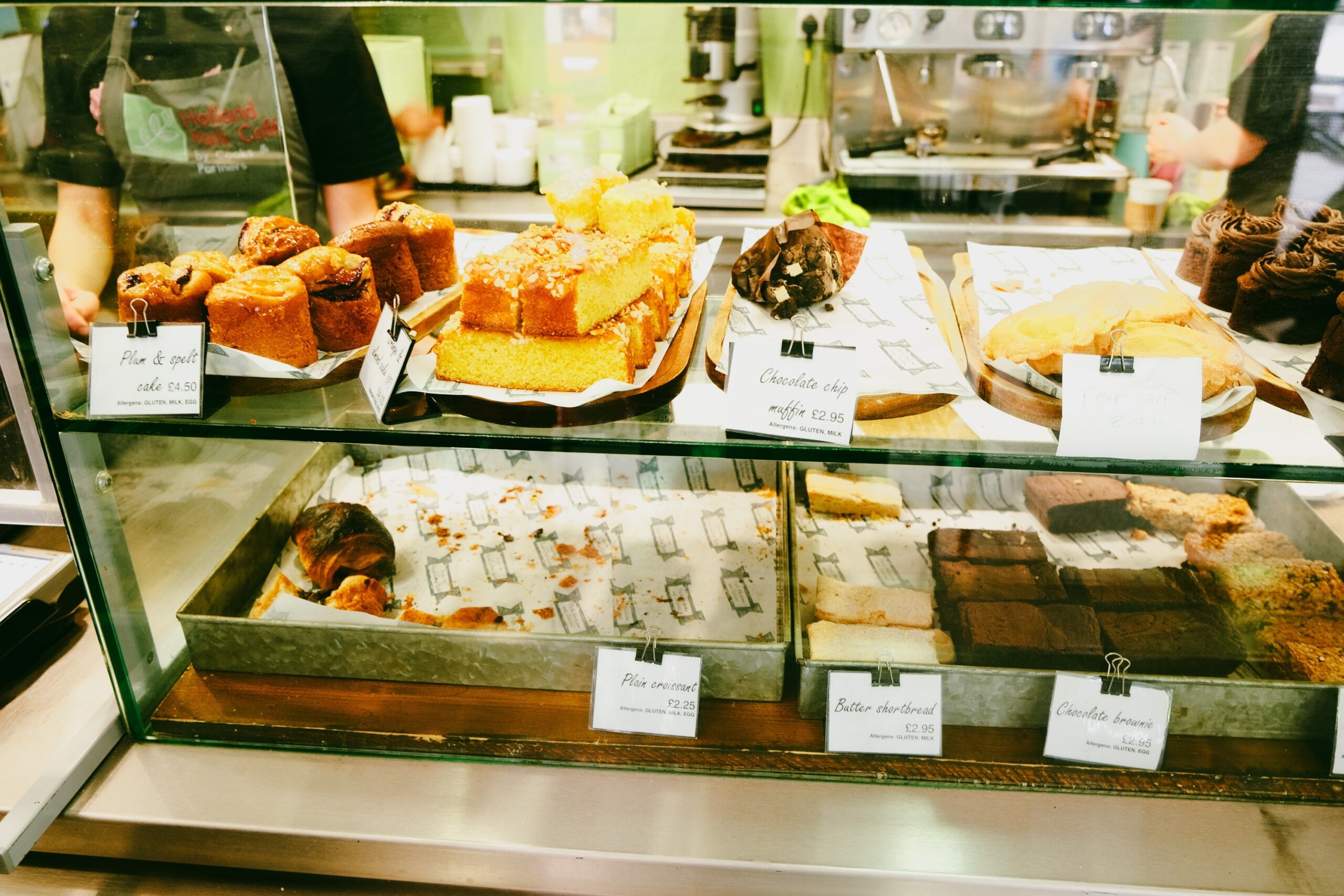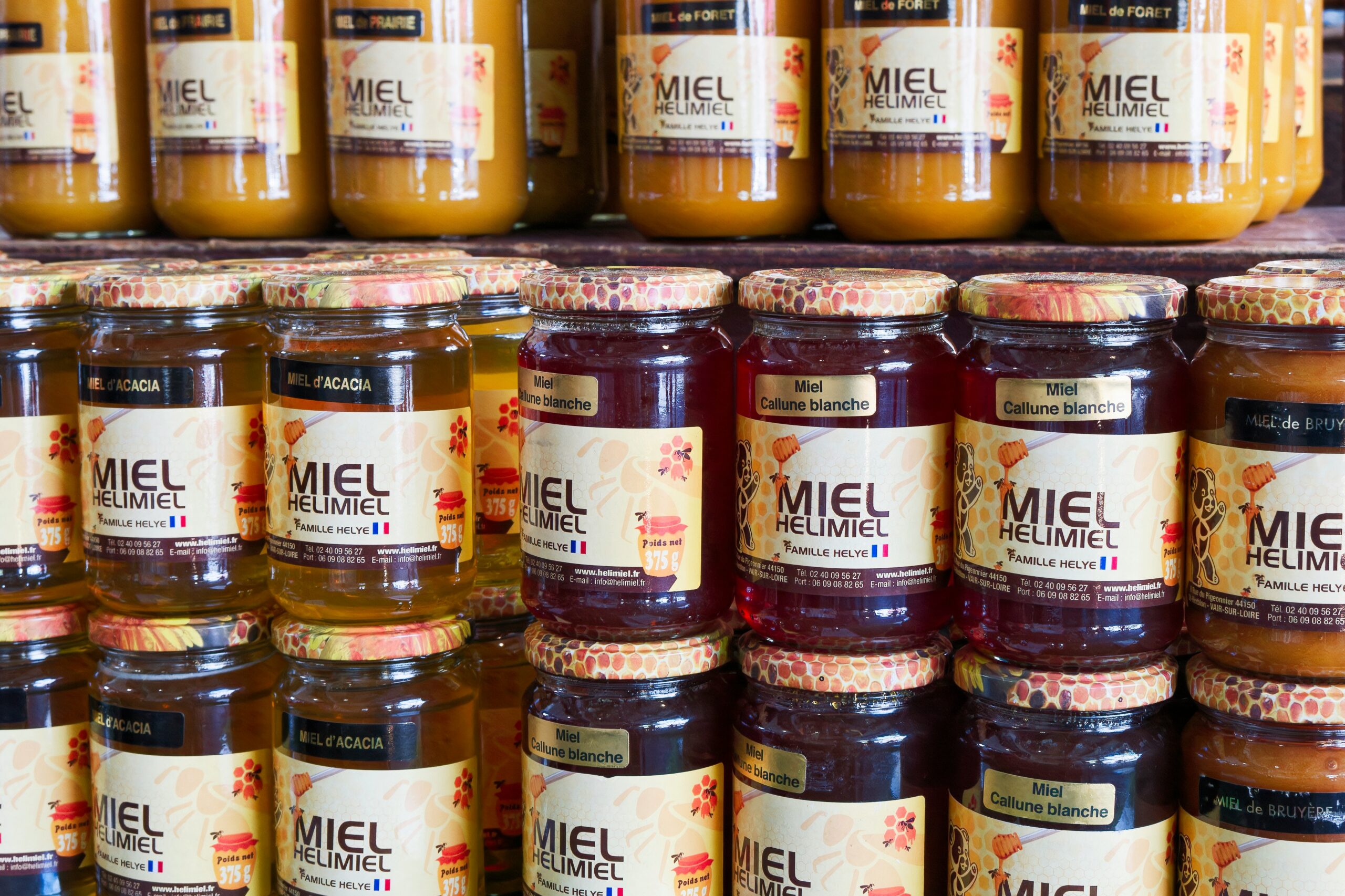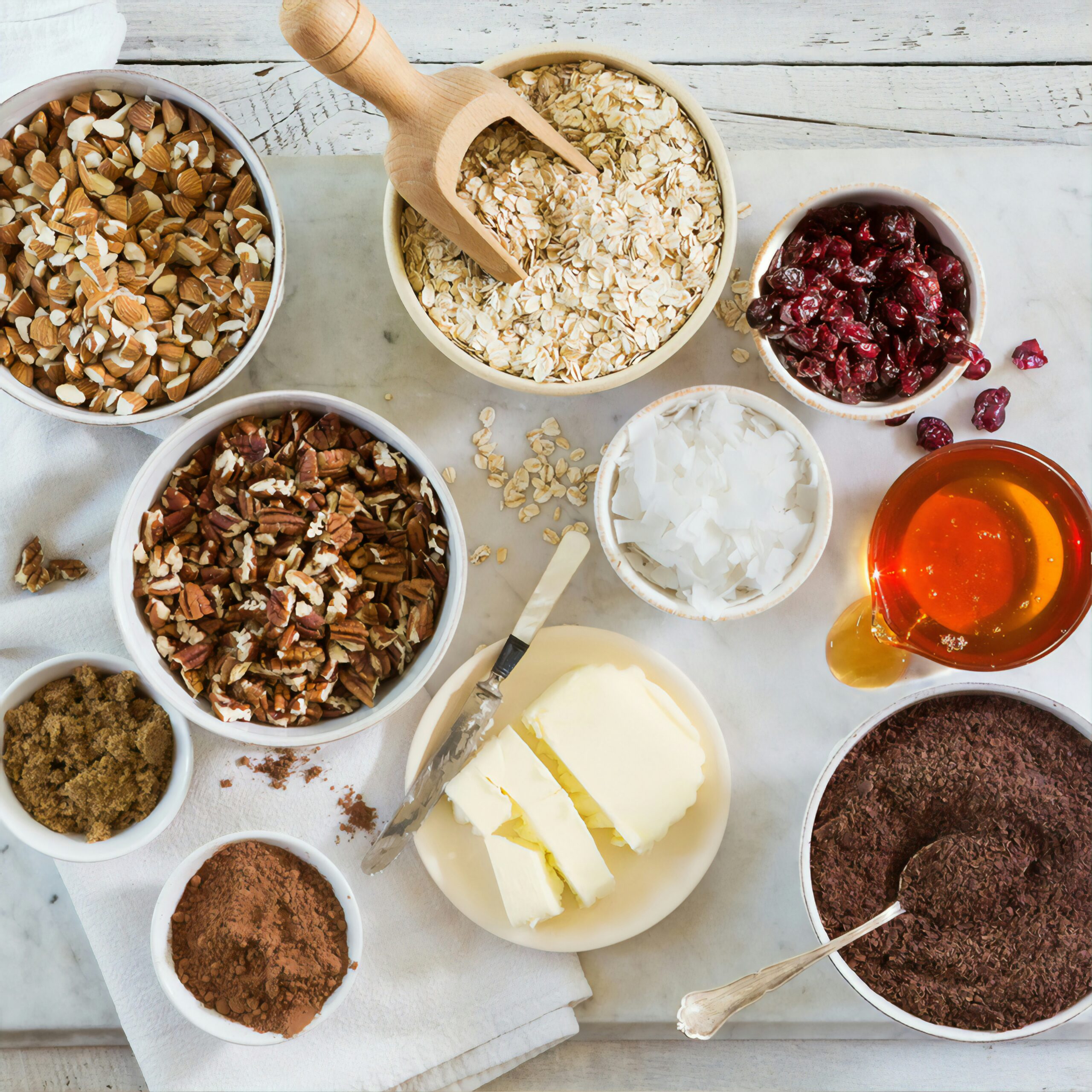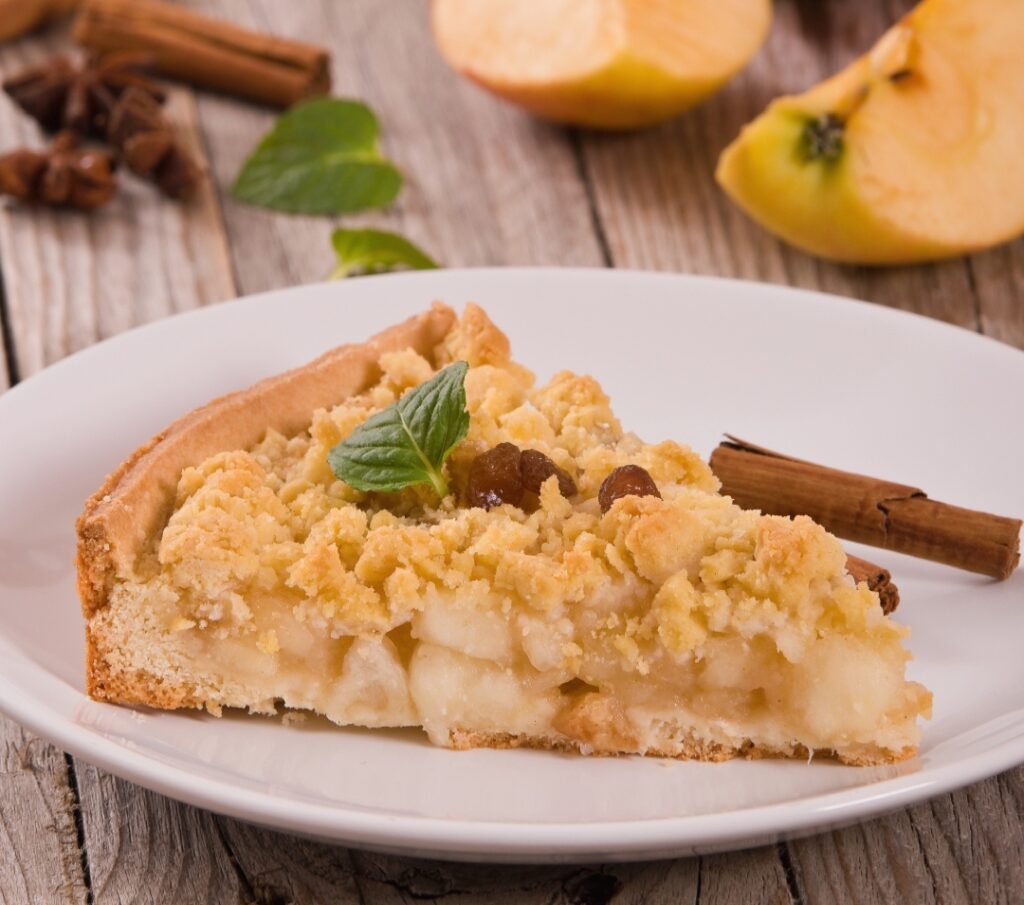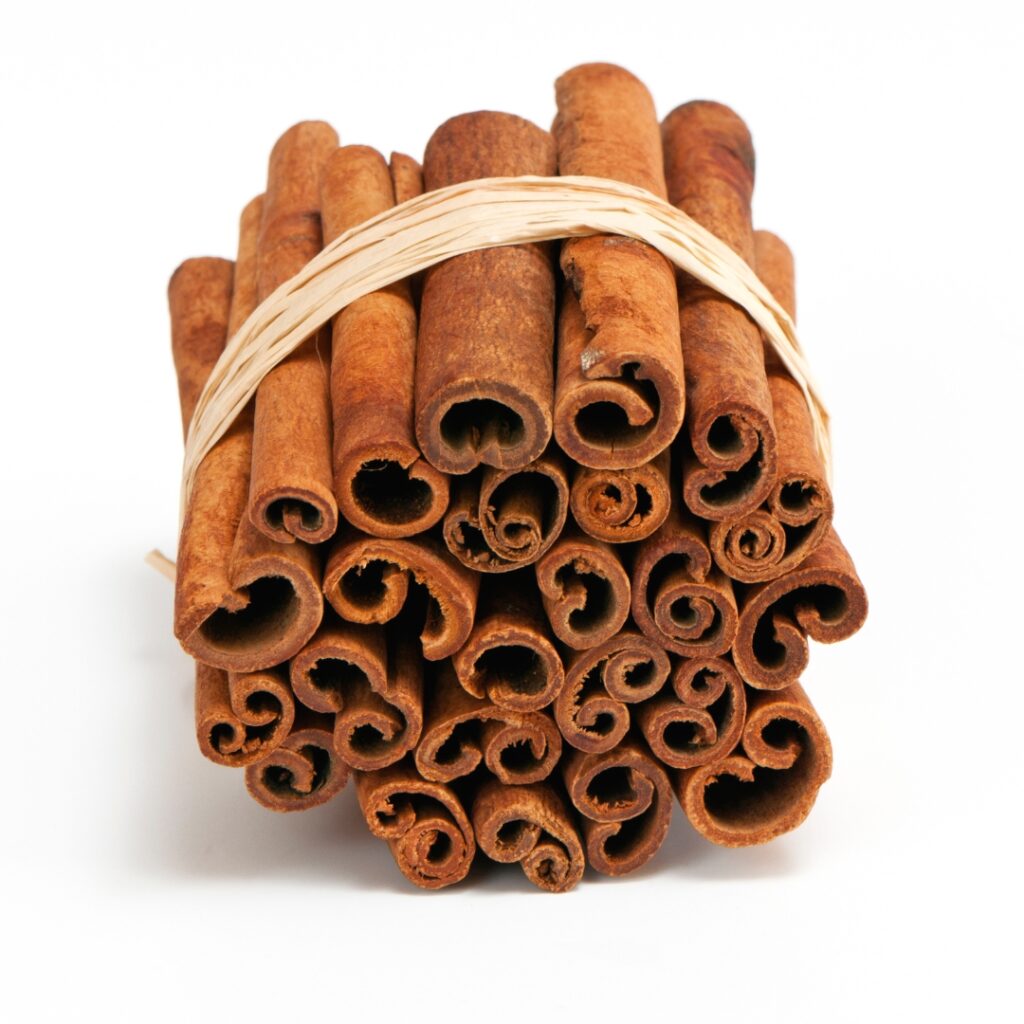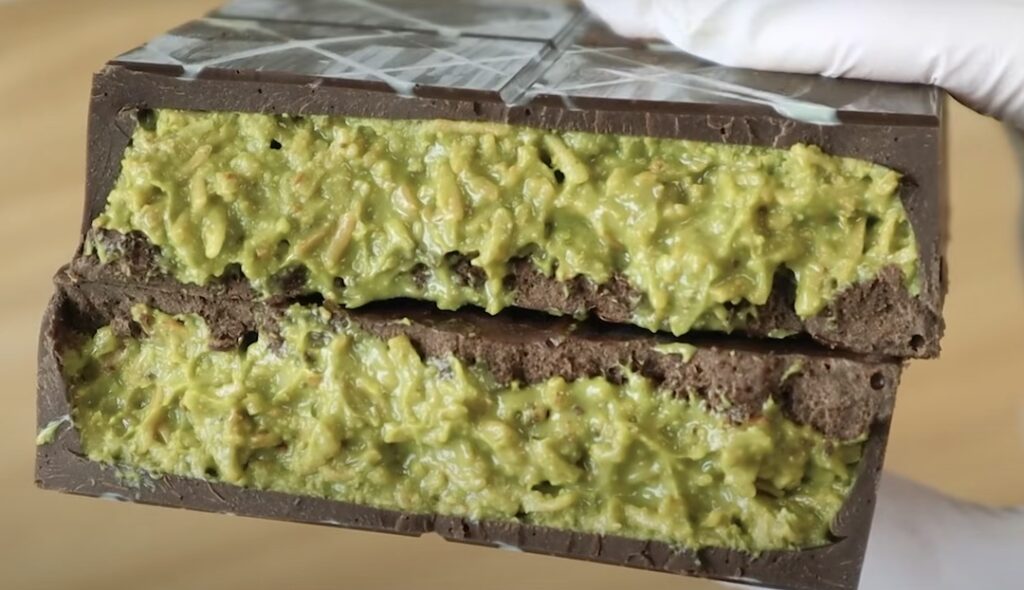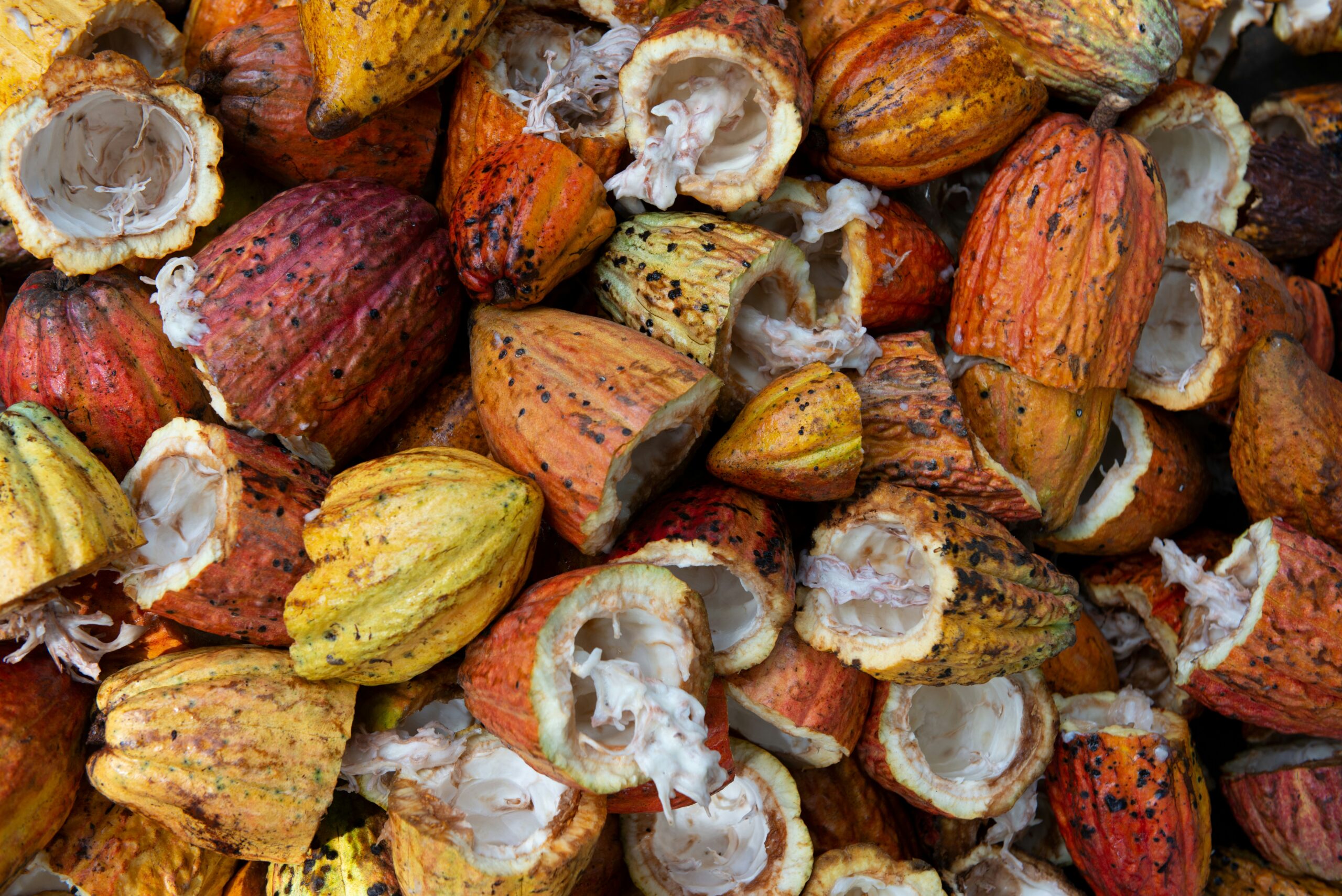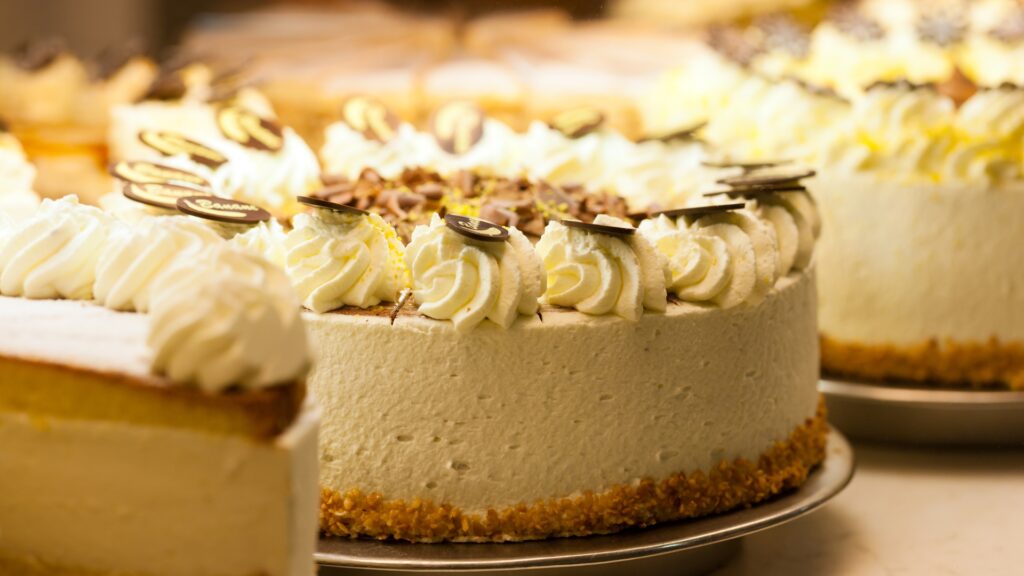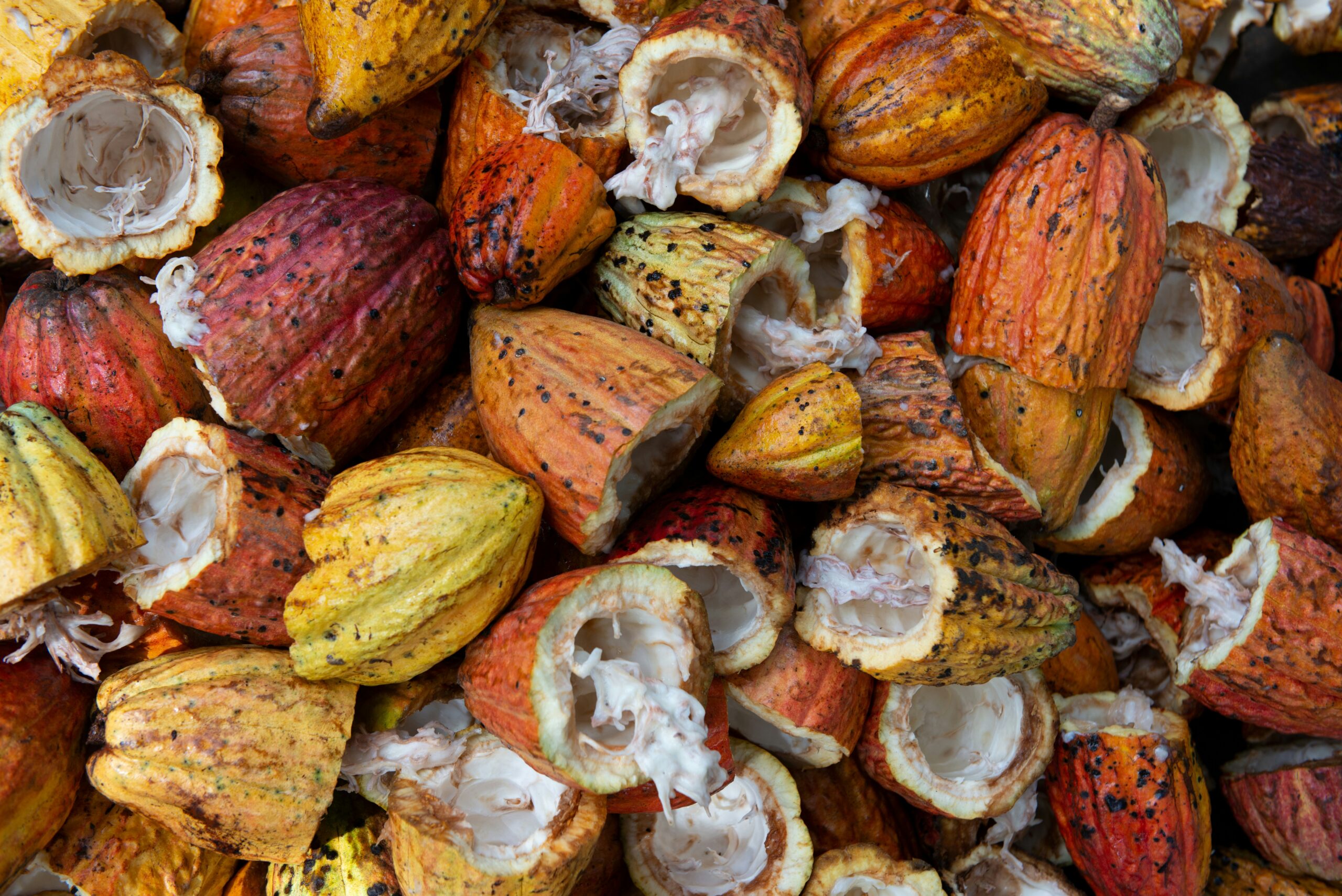Why Does Shipping Bulk Pistachio Paste in Summer Require Special Attention?
The rich, nutty flavor and vibrant green hue of pistachio paste make it a jewel in the crown of patisserie and baking. From decadent fillings in croissants and cakes to the heart of authentic Turkish baklava and creamy gelato, its quality is paramount. For food wholesalers, bustling restaurants, and large-scale food manufacturers, securing a consistent supply of premium pistachio paste is crucial. However, when the summer sun beats down, a new set of challenges emerges. Shipping this delicate ingredient in bulk during hot weather isn’t just a matter of logistics; it’s a science that requires precision, care, and expertise to protect your investment and ensure the final product delights your customers.
The story of the pistachio is deeply rooted in Turkish soil, particularly in the region of Gaziantep, a city renowned globally for producing some of the world’s finest pistachios. For centuries, these “green gold” nuts have been a cornerstone of Turkish dessert culture. The meticulous process of transforming these nuts into a smooth, flavorful paste is a tradition honed over generations. This heritage means that protecting the paste’s unique characteristics—its intense flavor, brilliant color, and perfect texture—is a matter of pride. As temperatures rise, the risk of compromising this quality during transit increases, making a deep understanding of summer shipping practices essential for any serious food business.
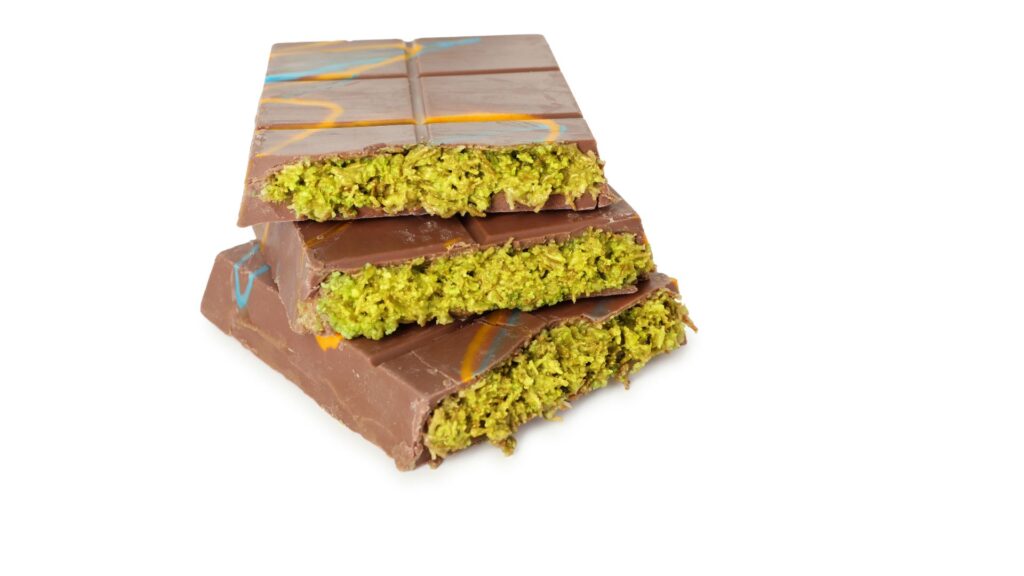
What Makes Turkish Pistachio Paste a Prized Ingredient for Businesses?
Before diving into the challenges of shipping, it’s worth understanding what makes high-quality pistachio paste so special. Not all pistachio pastes are created equal, and the type you choose can significantly impact both your final product and its stability during transport.
The most sought-after paste comes from Gaziantep (Antep) pistachios, which are harvested early to capture their iconic bright green color and intense, less-oily flavor. The variations available to businesses typically fall into a few categories:
- 100% Pure Pistachio Paste: This is the gold standard, made from nothing but ground pistachios. It offers the most authentic flavor and color. Its stability is entirely dependent on the natural oil content of the nuts.
- Pistachio Filling Creams: These are ready-to-use fillings that blend pure pistachio paste with other ingredients like sugar, vegetable oils, and sometimes milk powder. While designed for convenience, the quality of these added ingredients is crucial. A well-formulated Pistachio Filling Cream is created to be stable and resist splitting.
- Specialty Blends: Innovations like the famous Dubai Pistachio Cream incorporate other elements to create unique textures and flavor profiles, a trend that continues to evolve as seen in products like pistachio ganache.
The versatility of these products is immense, finding their way into everything from ice cream, as noted by leading Turkish ice cream manufacturers, to intricate pastry fillings and chocolate confections.
How Does Summer Heat Affect the Quality of Pistachio Paste?
Pistachio paste is a delicate emulsion of nut solids and natural oils. Heat is the primary enemy of this delicate balance, introducing several risks that can degrade the product before it even reaches your kitchen.
What is Oil Separation and Why Does it Happen?
The most common problem is oil separation. As the temperature rises, the viscosity of the pistachio oil decreases, causing it to separate from the solid nut particles. This results in a layer of oil on top and dense, dry paste at the bottom. While it can sometimes be stirred back together, the texture is often never quite the same, and for large bulk containers, this is a significant labor challenge.
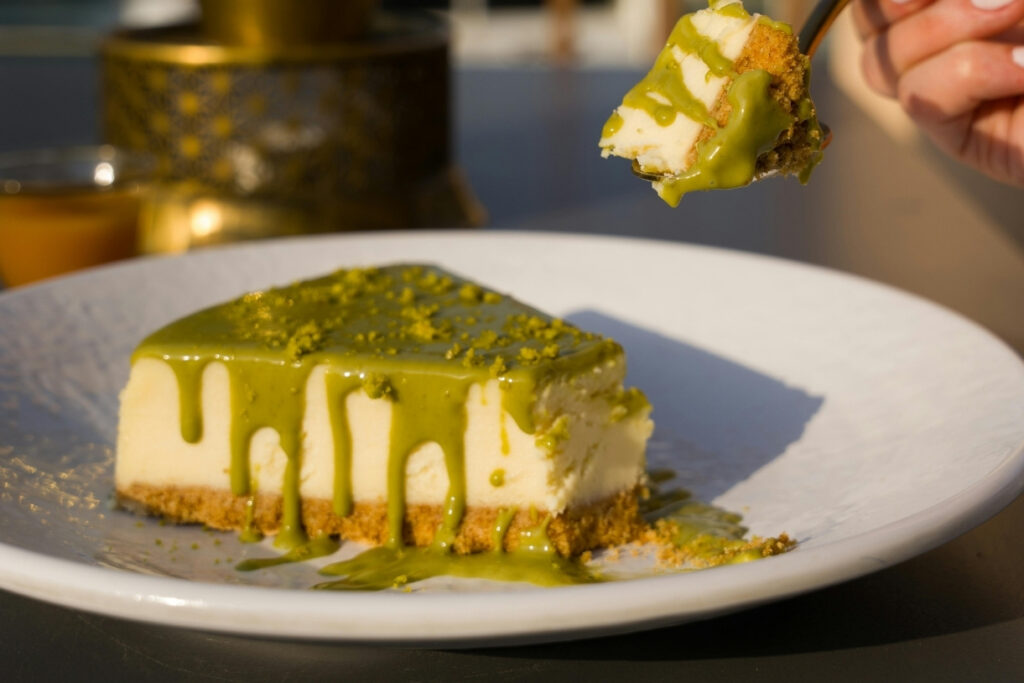
How Does Heat Cause Flavor and Color to Fade?
High temperatures accelerate the oxidation of the oils in the paste, a process that leads to rancidity and produces off-flavors. Furthermore, the beautiful green color of pistachio paste comes from chlorophyll. This natural pigment is sensitive to both heat and light, and prolonged exposure can cause it to break down, turning the vibrant green into a dull, unappetizing brownish-yellow. This is a critical consideration for food businesses that prize authentic Turkish pistachio butter.
Can the Texture Be Permanently Damaged?
Yes. Once significant separation has occurred, it’s difficult to perfectly re-emulsify the paste, especially in a large-scale setting. The result can be a gritty or greasy mouthfeel, which will negatively impact the quality of your finished pastries, desserts, or chocolates.
What Are the Best Practices for Shipping Bulk Pistachio Paste in Hot Weather?
Ensuring your pistachio paste arrives in perfect condition during summer requires a multi-faceted approach, combining smart logistics, proper packaging, and a strong partnership with your supplier.
How Crucial is Temperature-Controlled Logistics?
Temperature control is non-negotiable. Shipping in refrigerated trucks or “reefers” is the most effective way to protect the product. The ideal temperature for transporting and storing pistachio paste is in a cool, dark environment, typically between 15-20°C (59-68°F). This prevents the oils from separating and slows down any potential degradation. For added quality assurance, some shipments use temperature data loggers to track conditions throughout the journey, ensuring there were no harmful spikes in heat.
What Role Does Packaging Play in Protecting the Product?
Packaging is the first line of defense. High-quality pistachio paste should be shipped in airtight, sealed containers, such as food-grade pails or tubs. This is vital to prevent oxygen from getting in, which accelerates rancidity.
The packaging should also be opaque to block out light, further protecting the color and quality. For secondary packaging, insulated boxes or thermal liners can provide an extra layer of protection against temperature fluctuations. These practices are part of a broader industry move towards more sustainable and effective packaging solutions.

Why is Choosing the Right Supplier Your Most Important Step?
Ultimately, the best way to mitigate summer shipping risks is to partner with a supplier who understands these challenges intrinsically. A reliable manufacturer and distributor will have robust systems in place.
An experienced supplier like IStbea has:
- Established Logistics Chains: We work with transportation partners who specialize in temperature-controlled shipping, ensuring your product is handled correctly from our door to yours.
- Quality Control: Our process starts with sourcing the highest-quality pistachios, which create a more stable paste from the outset. We ensure our filling creams and other products are formulated for maximum stability.
- Expert Guidance: We can advise you on the best practices for receiving and storing the product upon arrival to maintain its shelf life and quality.
This expertise is crucial, especially when sourcing a variety of pastry ingredients, from whipped cream powders to specialty sauces.
A Note for Our Business Partners:
At IStbea, we are dedicated to being more than just a supplier; we are a partner to food wholesalers, food distributors, and food businesses across the globe. We specialize in providing premium pastry and bakery raw materials in bulk, understanding the unique demands of a commercial kitchen. From our authentic Turkish pistachio pastes to our wide range of pastry products, we are committed to quality, consistency, and reliable delivery, no matter the season. For inquiries about our products and international shipping solutions, please contact us.
Frequently Asked Questions (FAQs)
What is the ideal storage temperature for pistachio paste? The ideal storage temperature is between 15-20°C (59-68°F) in a cool, dark, and dry place. Avoid refrigeration, as it can cause the paste to become too hard.
Can I reverse oil separation in pistachio paste? For minor separation, you can often stir the oil back into the paste until it is smooth and uniform. However, for severe separation in large bulk containers, it can be very difficult to regain the original smooth texture. Prevention is the best strategy.
How long is the shelf life of bulk pistachio paste? When stored correctly in an unopened, airtight container, pure pistachio paste typically has a shelf life of up to one year. Once opened, it’s best to use it within a few months to ensure optimal freshness and flavor. Always check the manufacturer’s specific recommendations.
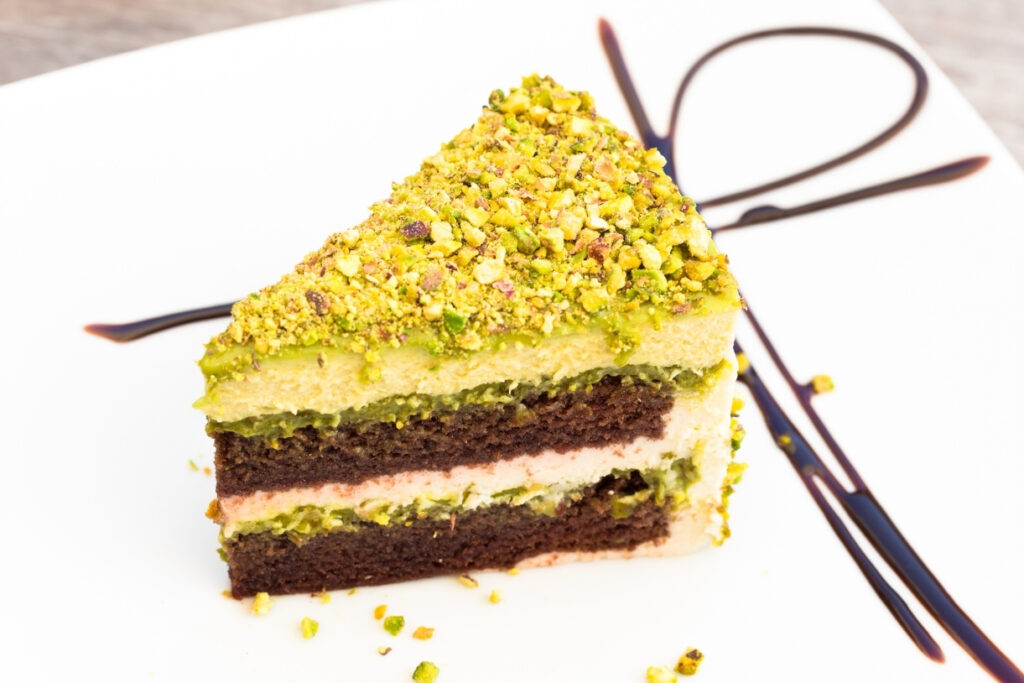
Why is Turkish pistachio paste so green? The vibrant green color comes from using pistachios from regions like Gaziantep, which are harvested early before the nuts fully ripen. This early harvest captures higher levels of chlorophyll, resulting in a more intense green color and a richer flavor.
Does IStbea ship internationally during the summer? Yes, IStbea has extensive experience in shipping our full range of products internationally year-round. We utilize temperature-controlled logistics and high-quality packaging to ensure our products, including delicate pistachio paste, arrive in optimal condition, ready for use by our wholesale and food business clients.


